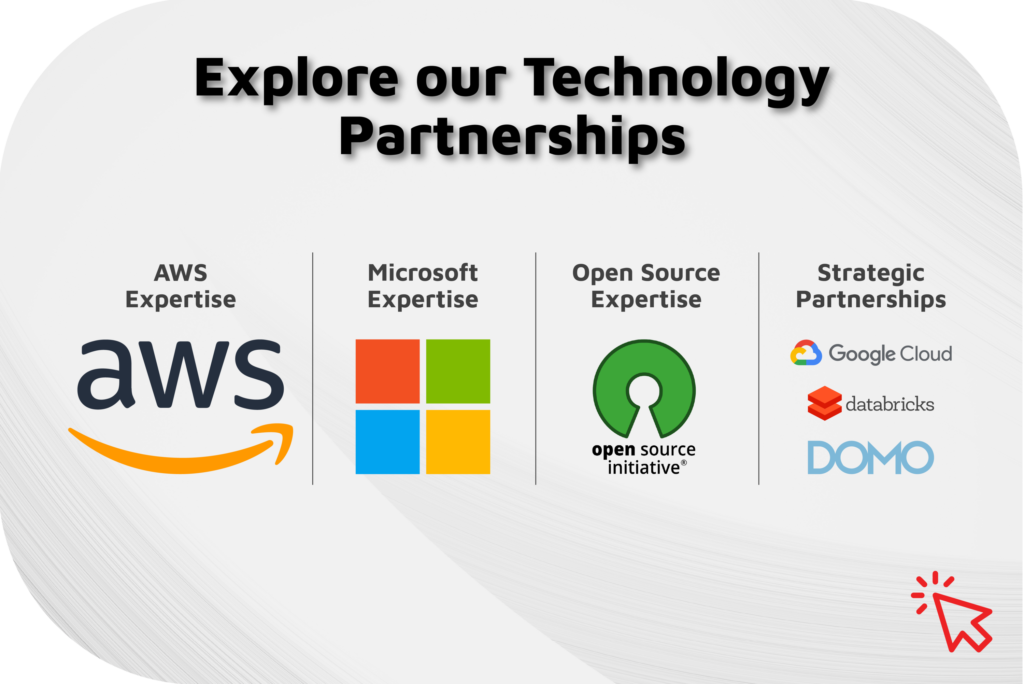The core components of successful business automation software
11 November 2022 | Noor Khan

Successful business automation software can automate a wide variety of processes within a business and can offer a boost in productivity, improvement in efficiencies and an overall reduction in costs. Organisations around the world are increasingly looking to implement business automation across many departments ranging from customer service and sales to HR and accounts. Research by McKinsey and Company found more companies are investing in automation than they were two years ago, with over 66% of respondents stating that they are testing automation across one or more business functions.
Do you know what will make your business automation software stand the test of time and deliver ROI? We will look at the three components of successful business automation software and why they are essential.
Agility – the ability to adapt to change
The business world is always changing, whether it's consumer demands or customer expectations, and you need to be able to meet them. Business automation software needs to be agile, so it has the capacity to adapt to change. By adopting an agile approach to software, businesses can continuously improve and optimise their software so it adapts to the ever-changing environment.
For software to be agile, it needs to be developed within the agile software development frameworks and practices. Some key agile software development frameworks include:
- Scrum
- Extreme Programming
- Feature-Driven Development (FDD)
Some Agile software development practices include:
- Pair programming
- Test-driven development
- Stand-ups
- Planning sessions
- Sprints
Scalability – the software needs to grow with your business
Scalability has to be an essential part of your business automation software because it needs to withstand the test of time at least for the few upcoming years depending on your business. Every business and organisation looks to grow and expand, therefore any software you are using needs to be able to scale with that.
The scalability of the software depends on the technologies employed in the development of your business automation software. For example, is the data from your software being stored in a scalable database that will allow for growth in data which is inevitable? Every software will be different in its build to suit the business needs, however, some leading technology brands such as AWS and Microsoft Azure provide several tools and technologies to drive scalability within the software.

User-friendly – easy to use
A guide on ‘ROI of UX’ found that 88% of users would not return to the website if they had a bad user experience. This is no different to software. Whether you are building business automation software for your in-house teams or selling it as a product on the market, user experience can mean the difference between success and failure. For software to be a success and for it to provide the benefits it is meant for, it must be user-friendly. Many software products on the market focus on functionality and forget about user experience and user-friendliness. If the software is not user-friendly, users will more than likely move away from it, and it will impact the brand image and reputation. However, if the software is user-friendly it will improve work efficiency, therefore reducing costs. It will also mean the adoption of software will be easier for your teams as well as the training and the onboarding process.
Ardent successful business automation software
Ardent with our deep understanding of business automation gained from delivering many business automation projects, we have found what works best for our clients. Our engineers deliver software built with the core components that increase its longevity and ensure the software grows with your business.:
Agile - Software that is flexible, so you can easily adapt to change.
Scalable - Future-proof software built with leading technologies that grows with your business.
User-friendly - software your teams and confidently use and navigate to maximise productivity and efficiency.
If you are looking for experienced, highly skilled software engineers to help you overcome your challenges and bring your vision to life with business automation software, we can help. Get in touch to find out more to set up a quick call so we can identify your challenges and help you find the right solution for you.
Ardent Insights

Are you ready to take the lead in driving digital transformation?
Digital transformation is the process of modernizing and digitating business processes with technology that can offer a plethora of benefits including reducing long-term costs, improving productivity and streamlining processes. Despite the benefits, research by McKinsey & Company has found that around 70% of digital transformation projects fail, largely down to employee resistance. If you are [...]
Read More... from The core components of successful business automation software

Stateful VS Stateless – What’s right for your application?
Protocols and guidelines are at the heart of data engineering and application development, and the data which is sent using network protocols is broadly divided into stateful vs stateless structures – these rules govern how the data has been formatted, how it sent, and how it is received by other devices (such as endpoints, routers, [...]
Read More... from The core components of successful business automation software

Getting data observability done right – Is Monte Carlo the tool for you?
Data observability is all about the ability to understand, diagnose, and manage the health of your data across multiple tools and throughout the entire lifecycle of the data. Ensuring that you have the right operational monitoring and support to provide 24/7 peace of mind is critical to building and growing your company. [...]
Read More... from The core components of successful business automation software






